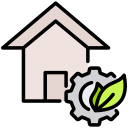Reclaimed Wood Usage in Renovations
Chosen theme: Reclaimed Wood Usage in Renovations. Step into a world where salvaged timber brings warmth, authenticity, and environmental responsibility to every remodel. Discover practical guidance, inspiring stories, and design ideas that celebrate character while reducing waste. Join the conversation, share your projects, and subscribe for weekly reclaimed renovation insights.
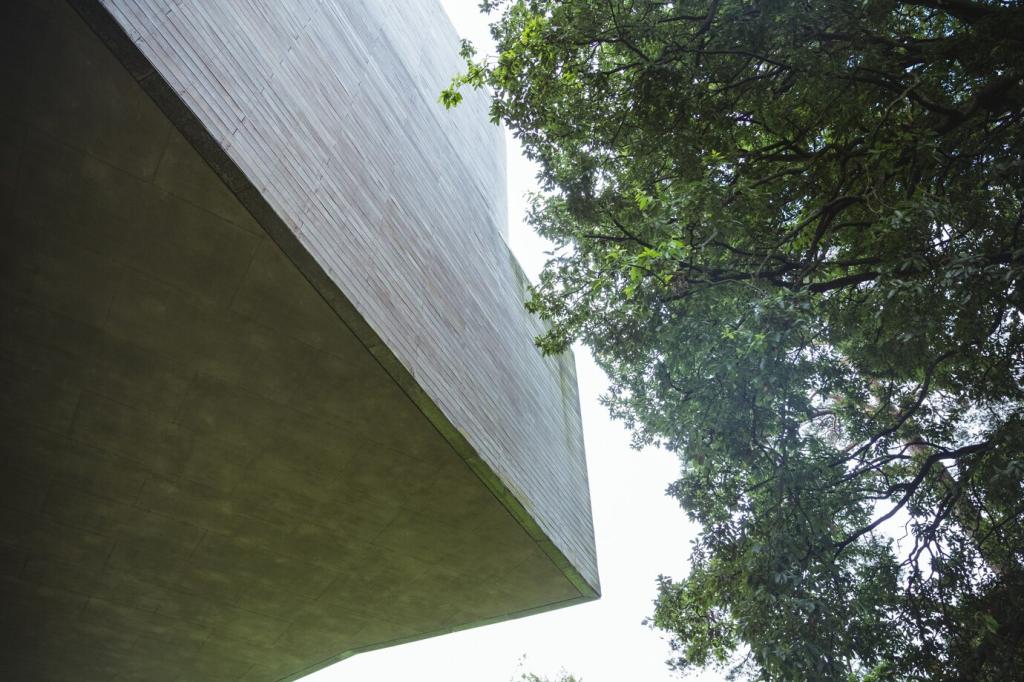
Sustainability That Shows
Using reclaimed wood keeps history alive while cutting demand for freshly harvested trees. Each board preserves embedded energy and character, often contributing to LEED points under recycled content. It’s circular design made visible, replacing waste with purpose and turning demolition into responsible deconstruction that your guests will notice and appreciate instantly.
Character You Cannot Fake
Saw kerf marks, nail holes, sun-bleached gradients, and deep patina are not factory finishes; they’re time’s handwriting. A homeowner once discovered initials carved in a beam from a 1910 mill, and kept them visible. Those small imperfections create a human connection that modern veneer simply cannot replicate or mass-produce.
Strength Born From Time
Old-growth timber is often denser and dimensionally stable, making reclaimed boards less prone to dramatic movement when acclimated properly. Tight growth rings and seasoned fibers handle seasonal shifts with grace. With moisture control, milling precision, and patient finishing, reclaimed wood becomes both the soul and backbone of a renovation.
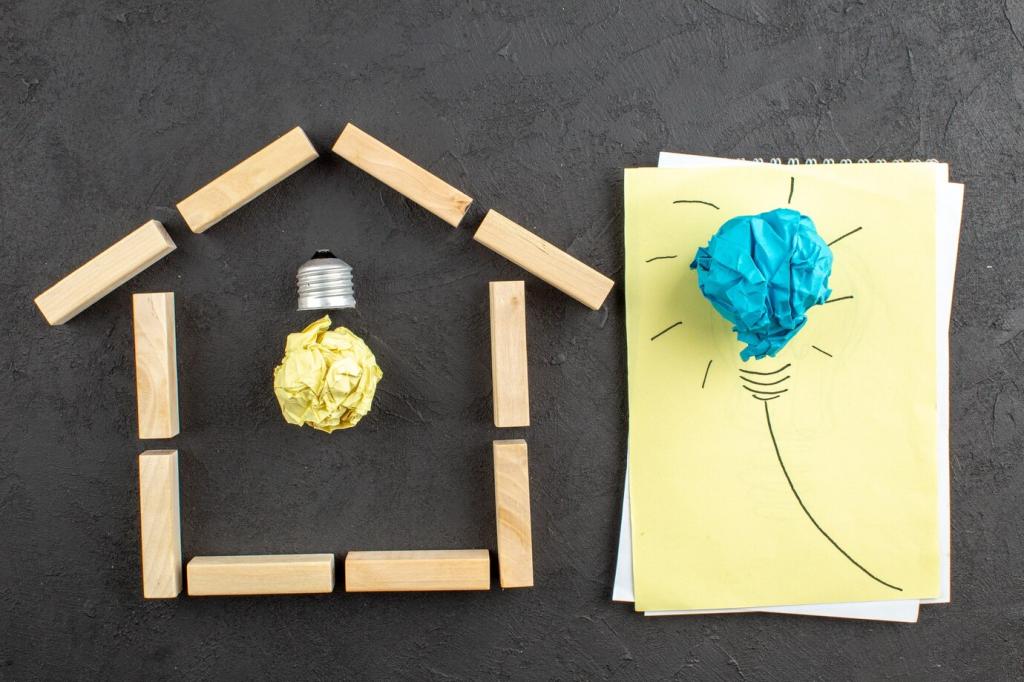
Sourcing and Verifying Authentic Reclaimed Wood
Start with architectural salvage yards, deconstruction companies, rural barn dismantlers, and reputable online marketplaces. Ask about species, previous use, and storage conditions. For pallets, check heat-treatment stamps and avoid methyl bromide. Patience pays here; chasing the right batch now prevents headaches, waste, and disappointment later in your renovation timeline.
Preparing and Finishing Reclaimed Wood for Interior Use
Gently scrub with a mild detergent and a nylon brush, avoiding aggressive pressure washing that can lift fibers and erase patina. Vacuum crevices and neutralize odors with vinegar solutions. One remodeler uncovered a chalk tally from a 1930s factory shift; careful cleaning saved that delightful, historical detail for display.
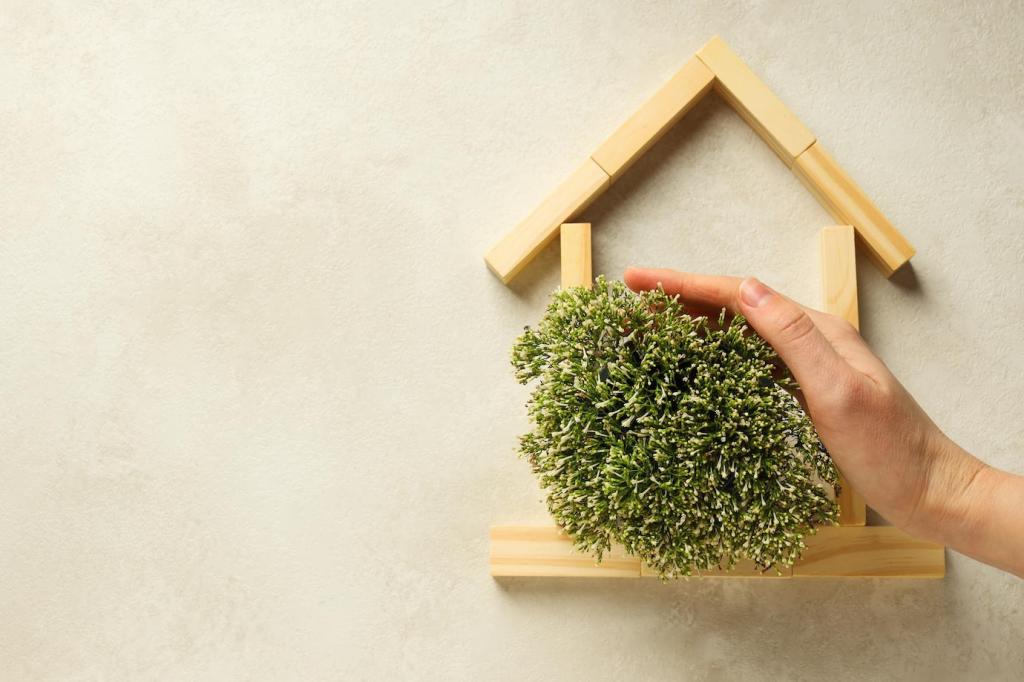
Preparing and Finishing Reclaimed Wood for Interior Use
Straight-line rip, lightly plane, and consider tongue-and-groove profiles for tight installations. Remove high spots but leave saw marks where you can. Acclimate boards to interior humidity until moisture stabilizes. Mill out checks and square edges cautiously, balancing modern performance with the soulful textures that make reclaimed wood so compelling.
Design Ideas: Transformations With Reclaimed Wood
Statement Walls and Ceilings
Mix widths, stagger seams, and consider shiplap or random-plank patterns to add movement. Balance texture with simple furnishings so the wall leads. Add grazing light to celebrate relief. Share your accent wall photos and tell us the building your boards came from; readers love seeing those stories illuminated in finishing glow.
Floors That Tell a Story
Hard species like oak or maple handle traffic with grace. Keep rugs at entries and use felt pads under furniture. Expect subtle dents to become part of the narrative. A squeak in one project became a cherished soundtrack, reminding the family that their home carries memories beneath every step they take.
Built-Ins, Shelving, and Furniture
Pair chunky reclaimed slabs with minimalist hardware for modern-rustic balance. Add steel brackets or concealed fasteners, then finish edges softly to keep tactile comfort. Waterfall counters dramatize grain continuity. Share your sketches or mood boards; we love featuring reader concepts that transform offcuts into functional, storied pieces worth keeping forever.
Installation Tips and Tricks
Acclimate boards to the target space for days, sometimes weeks, until moisture stabilizes. Use vapor barriers over concrete and leave expansion gaps at perimeters. On radiant floors, follow manufacturer guidelines. Patience here preserves joints, ensures serviceability, and keeps the poetic creaks from becoming structural complaints or costly do-over challenges later.
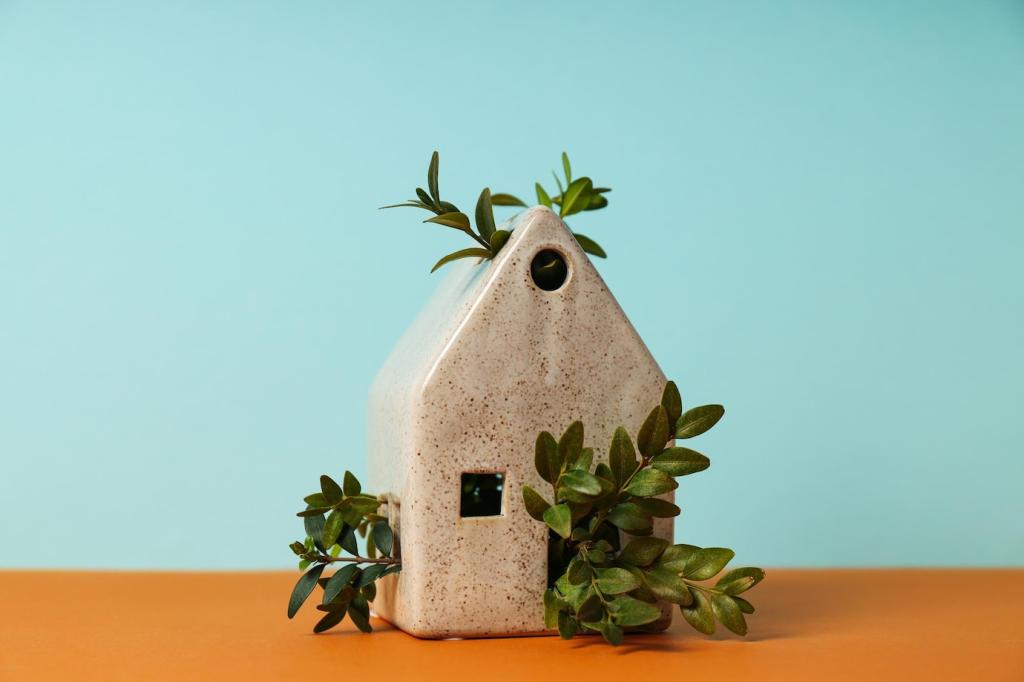
Budgeting and Value
True Costs, Hidden Savings
While board prices vary, remember you’re purchasing character and avoided finishes. Less staining and texturing work can offset premium material costs. Factor milling, waste, and occasional defects into your budget. Long-term value grows as the material wears gracefully, making small dents and scratches part of the evolving, cherished story.
Where to Splurge, Where to Save
Splurge on focal points: fireplace surrounds, kitchen islands, or entry floors. Save on secondary spaces with mixed species or thinner cladding. DIY finishing can trim labor. Consider community salvage events. Share your budgeting wins in the comments, and subscribe for detailed cost breakdowns and material calculators in upcoming guides.
Resale and Appraisal
Buyers increasingly value sustainability and story-driven spaces. Listings that highlight reclaimed features often photograph better and stand out. Don’t over-theme every surface; balance is key. Keep documentation and care notes for appraisers. Tell us if reclaimed details helped your sale; real-world outcomes guide future posts for everyone.
Choosing the Right Species for Exterior
Naturally durable woods like white oak, cedar, teak, or ipe perform outdoors. Old heart pine can work with proper detailing. Confirm prior chemical exposure. Species selection affects lifespan dramatically, so consider local climate, sun, and splash zones. Ask suppliers for exterior references, and share your climate challenges with our community.
Finishes and Maintenance Outside
Penetrating oils with UV blockers slow graying while allowing easy recoat. Film finishes look great initially but can peel under sun. Some homeowners embrace a silver patina. Schedule gentle washes and annual inspections. Consistent care keeps reclaimed character visible while protecting edges, fasteners, and the fibers that weather most.
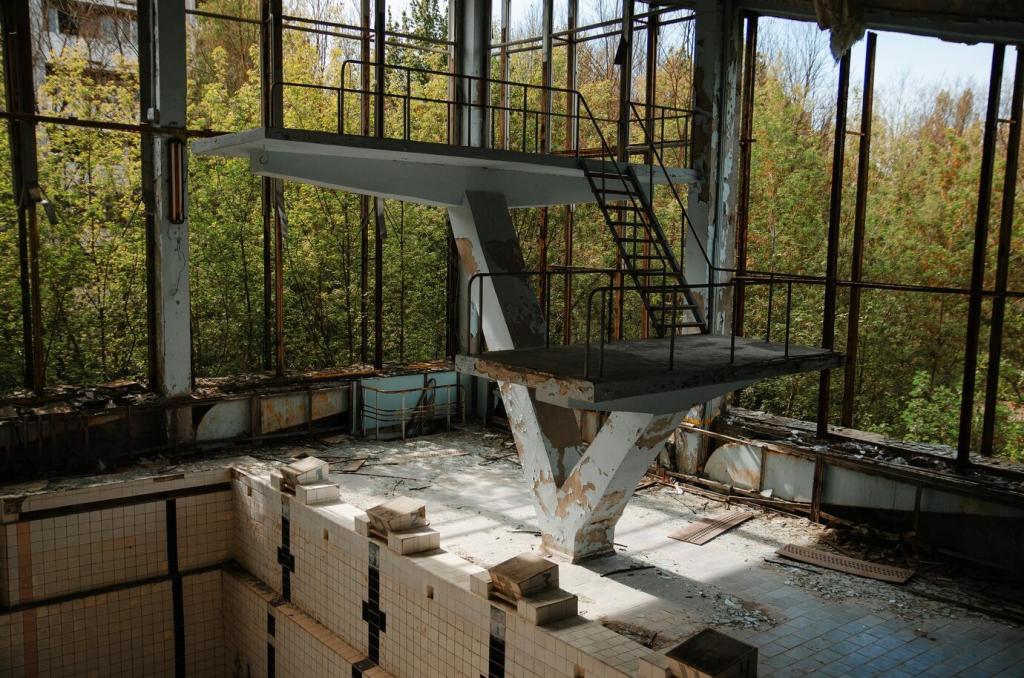
The Barn Beam That Became a Hearth
A family salvaged an 1890s dairy barn beam and reimagined it as a living room hearth. Tool marks stayed, edges softened, and a child’s hidden doodle was preserved behind glass. Every winter, they gather around it, trading stories about the beam’s journey from pasture winds to firelight warmth.
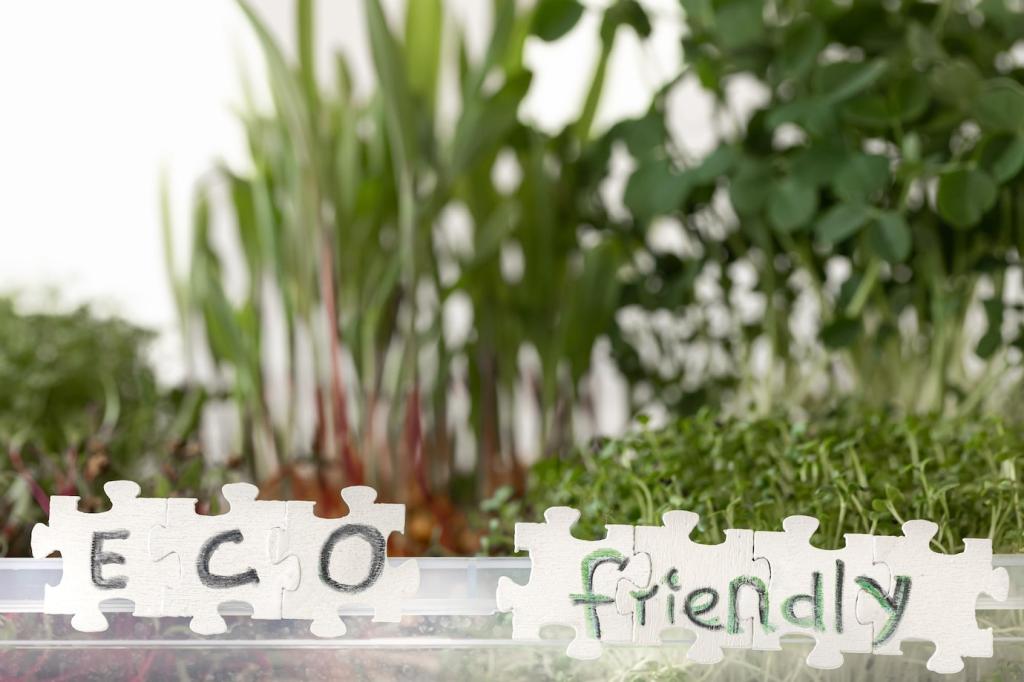
Classroom Tables From a Factory Floor
A community workshop turned maple factory flooring into school tables, keeping nail scars visible. Students asked about the marks and learned repair skills alongside history. The project became a living lesson in stewardship, showing how reclaimed wood transforms learning spaces and sparks conversations across generations about resourcefulness.
